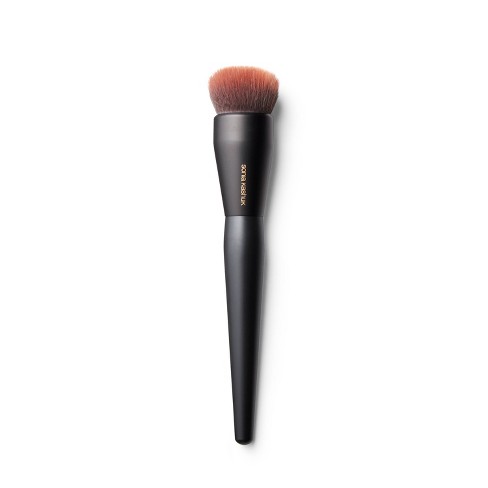

This goes a long way in giving better coverage, and doesn’t remove anything from the skin when you blend. Synthetic brushes don’t absorb anything, so they deposit exactly what they’ve picked up. This won’t happen if you use a fluffy, tightly-packed, synthetic stippling brush, aka the standard foundation brush. Using a sponge in such a situation will nearly always leave you frustrated, because as you go over your foundation-covered pimple with a sponge, you will only see the foundation get more and more sheer. This is because, if you are trying to cover a pimple, or some kind of discolouration, you need the maximum amount of coverage. If that is your preference too, and if you want to completely cover your skin, use a brush. When you need heavy coverage by depositing the maximum amount of pigment, use synthetic brushesĪ lot of us people who like heavy coverage don’t want the skin underneath to show at all. So, following the aforementioned method is what everyone should ideally do under normal circumstances for medium coverage when it comes to any product. Apply it with a brush, but press it in with a sponge so that it looks streak-free and diffused. That means, use a stippling brush to place your foundation and concealer where needed, and then tap over the face once with a sponge for a seamless blend. This is because using a sponge to pick up a product and apply it on to the skin leads to a lot of wastage, because sponges soak up the product and deposit minimal amounts.


Sponges are good for pressing a product in after you have deposited it on the skin with a brush. While trying to blend said deposited product seamlessly into the skin, use a sponge While applying a product from the bottle to the face, use a brush. When it comes to applying makeup, do you ever wonder if you should use a brush or a sponge? Why are there so many brushes for applying makeup, and now such hoopla around blenders? Do they do different things? If yes, when should one opt for which? We explain.


 0 kommentar(er)
0 kommentar(er)
